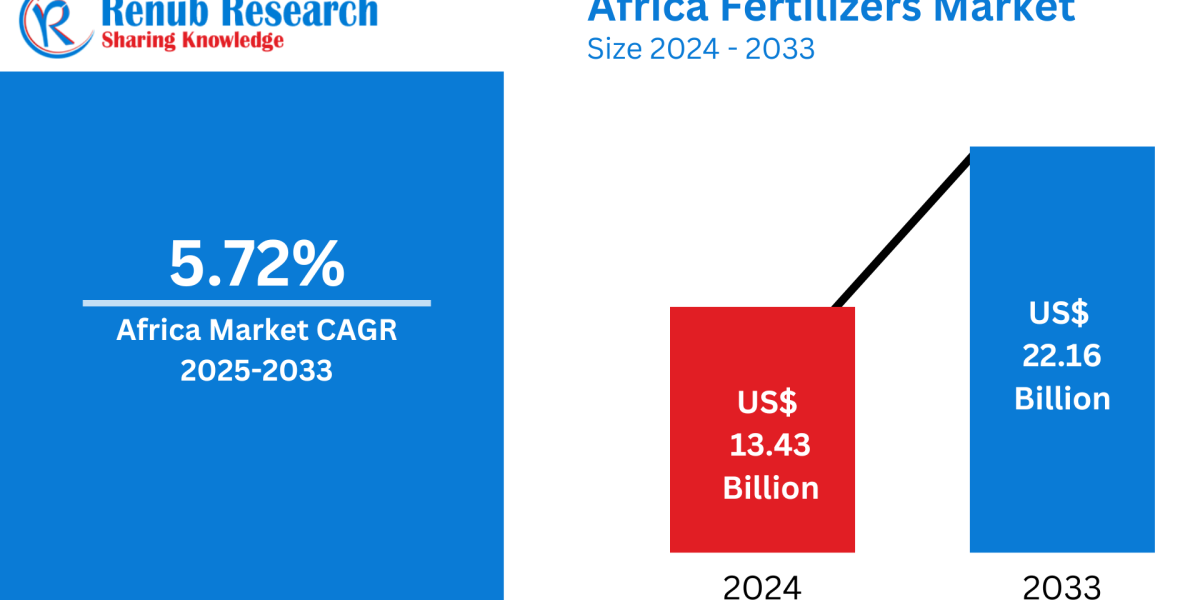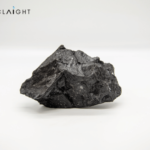Africa Fertilizer Market Analysis (2025-2033)
Market Overview
The Africa Fertilizers Market is projected to grow from USD 13.43 billion in 2024 at a CAGR of 5.72% from 2025 to 2033, reaching USD 22.16 billion by 2033. This growth is being driven by increasing agricultural activities, food demand, and the adoption of sustainable farming practices. Technological advancements, including biofertilizers and eco-friendly production processes, are further boosting market expansion.
Market Segmentation
The market can be segmented based on the following factors:
- By Type
- Nitrogen Fertilizers
- Phosphate Fertilizers
- Potash Fertilizers
- By Category
- Organic Fertilizers
- Inorganic Fertilizers
- By Form
- Dry Fertilizers
- Liquid Fertilizers
- By Application
- Agriculture
- Horticulture
- Gardening
- Others
- By Crop Type
- Grassland
- Vegetables
- Fruits/Tree Nuts
- Roots/Tubers
- Sugar Crops
- Fibre Crops
- Oil Crops (Including Oil Palm, Soybeans)
- Other Cereals (Including Maize, Rice, Wheat)
- By Country
- South Africa
- Egypt
- Algeria
- Ethiopia
- Morocco
- Nigeria
- Ghana
- Libya
- Rest of Africa
Market Dynamics
Growth Drivers
- Rising Demand for Food Security
With Africa’s rapidly expanding population, food security has become a priority. Fertilizers are crucial for enhancing crop yields. Government initiatives, investments, and international assistance are fueling market growth. According to the African Development Bank, Africa’s food and agriculture market is set to grow from $280 billion to $1 trillion by 2030. Currently, 20% of the population (282 million people) are undernourished, necessitating urgent agricultural development.
- Government Support and Subsidy Programs
African governments are implementing policies to enhance fertilizer accessibility, including subsidy programs, tax credits, and distribution initiatives. The African Union has endorsed a 10-year Action Plan for Fertilizer and Soil Health, further driving adoption.
- Technological Advancements and Soil Health Awareness
The integration of precision farming, soil testing, and customized fertilizers is increasing efficiency. Awareness campaigns are educating farmers on best fertilization practices. In December 2023, Rwanda inaugurated a fertilizer blending plant with a production capacity of 100,000 tonnes, reflecting regional advancements.
Challenges
- High Costs and Limited Accessibility
Fertilizer prices remain high for small-scale farmers due to economic constraints, inadequate infrastructure, and poor distribution channels.
- Environmental and Soil Degradation
Excessive chemical fertilizer use can lead to soil depletion, water contamination, and ecological damage. Governments are promoting balanced fertilization and organic alternatives to mitigate these issues.
Regional Market Insights
- South Africa
South Africa is one of Africa’s most advanced fertilizer markets, benefiting from commercial agriculture and modern farming techniques. In July 2023, PhosAgro Group announced plans to double fertilizer sales in Africa over the next three years.
- Morocco
Morocco is a global leader in phosphate-based fertilizers. The OCP Group launched the Mzinda-Meskala Strategic Program in September 2024 to enhance local fertilizer production and exports.
Key Fertilizer Markets in Africa
- Nitrogen Fertilizers
- Essential for high crop yields
- Common types: Urea, Ammonium Nitrate, Ammonium Phosphate
- Government incentives driving adoption
- Challenges: High costs and logistic constraints
- Ammonium Nitrate Fertilizers
- Used primarily for cereal crops like maize and wheat
- Regulatory challenges due to its explosive nature
- Governments implementing safety regulations
- Ammonium Phosphate Fertilizers
- Essential for root development and soil enrichment
- Increasing adoption in phosphorus-deficient areas
- Challenges: Price volatility and supply chain inefficiencies
- Organic Fertilizers
- Growing demand due to sustainable agriculture trends
- Government support for organic farming initiatives
- Reduces reliance on chemical fertilizers
- Dry Fertilizers
- Preferred for large-scale farming
- Advantages: Longer shelf life and cost-effectiveness
- Challenges: Logistical and storage issues
- Agriculture and Crop-Specific Fertilizer Demand
Vegetables Fertilizer Market
- Rising urbanization and demand for fresh produce
- Greenhouse farming adoption
- Precision farming enhancing fertilizer efficiency
Soybeans Fertilizer Market
- Key cash crop for African economies
- Requires phosphate and potassium-based fertilizers
- Increased demand for soy-based products (oil, animal feed)
Rice Fertilizer Market
- High consumption rates driving production
- Nitrogen fertilizers crucial for rice farming
- Government investment in irrigation infrastructure
Related Report
Netherlands Organic Fertilizer Market
Denmark Organic Fertilizer Market
United Arab Emirates Organic Fertilizer Market
Key Players and Competitive Landscape
Major companies in the Africa Fertilizers Market include:
- Foskor
- Gavilon South Africa (MacroSource, LLC)
- Haifa Group
- ICL Group Ltd
- K+S Aktiengesellschaft
- Kynoch Fertilizer
- UPL Limited
- Yara International ASA
Each company is analyzed based on:
- Company Overview
- Recent Developments & Strategies
- Product Portfolio
- Financial Insights
Market Forecast (2025-2033)
- Market Value Growth
- 2024: USD 13.43 billion
- 2033: USD 22.16 billion
- CAGR: 5.72%
- Market Opportunities
- Increased government investment in fertilizer production
- Expansion of organic and biofertilizers
- Strengthening infrastructure for fertilizer distribution
- Market Risks
- Economic instability affecting affordability
- Regulatory and environmental constraints
- Supply chain disruptions due to geopolitical factors
Conclusion
The Africa Fertilizer Market is set for significant expansion over the next decade, driven by rising food demand, government policies, and advancements in sustainable agriculture. However, challenges such as cost, accessibility, and environmental concerns need to be addressed. With continued investment and technological improvements, Africa’s fertilizer sector is poised to play a pivotal role in the continent’s agricultural development and food security.
For detailed analysis, contact our analysts at [email protected] or call +1-678-302-0700 (USA) | +91-120-421-9822 (India).












